“God gave us the gift of life; it is up to us to give ourselves the gift of living well”. Our nature is full of beauties and as well as with other extremes. Many of the animals look attractive and make our mind pleasant when we are in their company yet few animals in god creation are of unpleasant or unsightly appearance –ugly. These animals won’t be winning any cute awards anytime soon, but they sure are fun to look at. It would be interesting to know and have the knowledge of different nasty animals as well. So, now let’s have a short content of “The top 10 ugliest animals in the world “.
1. Aye-aye
The aye-aye is a lemur, a strepsirrhine primate native to Madagascar that combines rodent-like teeth and a special thin middle finger to fill the same ecological niche as a woodpecker. It is the world’s largest nocturnal primate, and is characterized by its unusual method of finding food. Young aye-ayes typically are silver colored on their front and have a stripe down their back. The aye-aye was thought to be extinct in 1933, but was rediscovered in 1957. This gremlin-looking creature has been considered a sign of bad luck and was killed en masse by local people. It has now become an endangered species, but luckily nobody regards the primate as food.
2. Star Nosed Mole
The star-nosed mole is a small mole found in wet low areas of eastern Canada and the northeastern United States which can be easily identified by the 11 pairs of pink fleshy appendages ringing its snout, which is used as a touch organ with more than 25,000 minute sensory receptors, known as Eimer’s organs, with which this hamster-sized mole feels its way around. With the help of its Eimer’s organs, it may be perfectly poised to detect seismic wave vibrations. This is covered in thick, blackish-brown, water-repellent fur, and has large, scaled feet and a long, thick tail, which appears to function as a fat storage reserve for the spring breeding season. Adults are 15 to 20 cm (5.9 to 7.9 in) in length, weigh about 55 g and have 44 teeth and look unpleasant – ugly.
3. Chikilidae
Chikilidae is a family of Indian caecilians, this is a separate lineage resulted from genetic analyses of specimens collected during about 250 soil-digging expeditions over five years that covered every Northeast Indian state. These grow to about 4 in (10 cm) in length. They have very limited eyesight and skulls adapted for burrowing. Their eggs hatch into adult caecilians, with no larval stage in between. These amphibians look like earthworms themselves, or small snakes, though they are not poisonous. Unlike worms, they also have strong backbones.
4. Taurulus bubalis
Taurulus bubalis, known as the longspined bullhead or the longspined sea-scorpion, is a coastal fish, It is a distinctive rocky shore small fish with a thick body, large head upto 20cms and tapering body with four long spines – two on each side on the gill cover – that stick out when the fish is removed from the water. It has a variety of colors ranging from shades of browns, with cream blotches, but sometimes orange or red with white blotches. These are predators which eat prawns, molluscs. This broad-headed and tapered bodied predator has a special gift for adopting the colors of its surrounding environment. The color is variable and they can match their surroundings with great accuracy.
5. Alligator Snapping Turtle
The alligator snapping turtle is the largest freshwater turtle in the world and are almost entirely carnivorous, found primarily in southeastern United States waters, it is characterized by large, heavy head, and a long, thick shell with three dorsal ridges of large scales giving it a primitive appearance reminiscent of some of the plated dinosaurs. These weigh between 70 to80 kgs. These are usually captive-bred as pets and are readily available in the exotic animal trade. Because of collection for the exotic pet trade, overharvesting for their meat, and habitat destruction, some states have imposed bans on collecting alligator snapping turtles from the wild, but they are not an endangered species. Maturity is reached at around 12 years of age. This is definitely a creature that every human feels like unsightly appearance.
6. Naked Mole Rat
The naked mole rat also known as the sand puppy, a native mammals of East-Africa. Typical individuals are 8 to 10 cm long and weigh 30 to 35 grams. Their eyes are quite small, and their visual acuity is poor. Their legs are thin and short and they lack an insulating layer in the skin and look unusual and ugly. These are highly resistant to cancer, long-lived up-to 28years.It is the only mammalian thermo conformer ,has a lack of pain sensation in its skin, and has very low metabolic and respiratory rates. Mole rats have a wide geographical distribution and can live below sea level or high on mountainside plains. Naked mole rats seem able to maintain near-perfect muscle structure into old age and are able to repair mitochondrial damage in cells, the kind of damage that is the causal factor in any number of human ailments, from senility to heart failure.
7. Chinese Crested Dog
The Chinese crested dog is a hairless breed of dog, with and without fur, which are born in the same litter. These “hairless” gene has a prenatal lethal effect when homozygous. These dogs become very attached to their owners and would have difficulty adjusting to a new home and they are often referred to as being very “rag doll”, sleeping & cuddling in very awkward positions. A small bug-eyed Chinese Crested Dog, won the 2009 “World’s Ugliest Dog Contest” at the Sonoma-Marin Fair in Petaluma, California. She also won Animal Planet’s the “World’s Ugliest Dog” contest that same year.
8. Angel Shark
An angel shark Squatina, is a shark in the genus which are unusual in having flattened bodies and broad pectoral fins that give them a strong resemblance to rays. This is a type of creature that we never want to get close to. The eyes and spiracles are on top, and the five gill slits are on its back. Both the pectorals and the pelvic fins are large and held horizontally. Although this shark is a bottom dweller and appears harmless, it can inflict painful lacerations if provoked, due to its powerful jaws and sharp teeth. Once spread throughout the coastal waters ofthe northeastern Atlantic Ocean, it is now a critically endangered species.
9. Pangolin
A pangolin is a mammal of the order Pholidota. A pangolin has large keratin scales covering its skin, and is the only known mammal with this adaptation. It is found naturally in tropical regions throughout Africa and Asia. The name, pangolin, comes from the Malay word, Pengguling, meaning “something that rolls up”. Pangolins are nocturnal animals which use their well-developed sense of smell to find insects. The tongues of pangolins are extremely elongated and extend into the abdominal cavity. Though pangolin are protected by an international ban on their trade, populations have suffered from illegal trafficking due to beliefs in Asia that their ground-up scales can stimulate lactation or cure cancer or asthma. Unfortunately, it is now an endangered animal species.
10. Philippine tarsier
The Philippine tarsier, known locally as mawmag is a species of tarsier endemic to the Philippines It is a member of the approximately 45-million-year-old family. It has thin, rough fur which is colored gray to dark brown it is a shy nocturnal animal that leads a mostly hidden life, asleep during the day and only active to look for food during the night. This has been called “the world’s smallest monkey” or “smallest primate” by locals before. The tarsier has now become an endangered species, To save the Philippine tarsier from extinction, the Philippine government has launched various initiatives. Tarsiers were commonly kept as pets or sold for trade, although their survival in captivity is erratic due to their need for live insects upon which to feed.

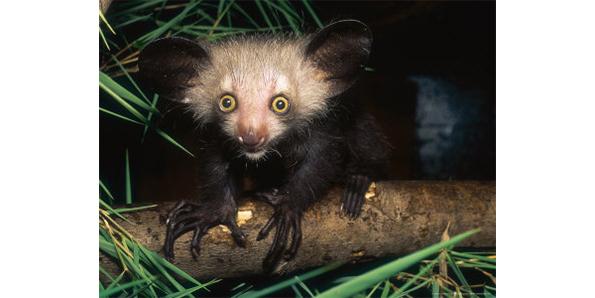
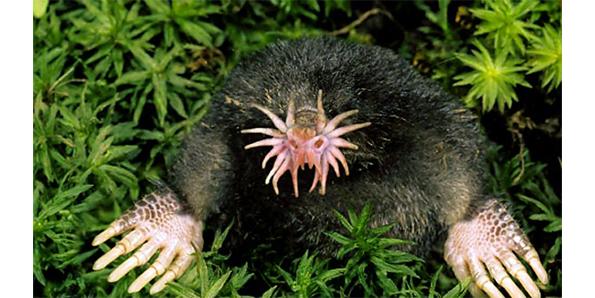
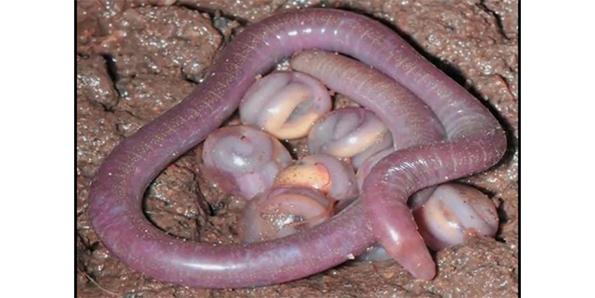
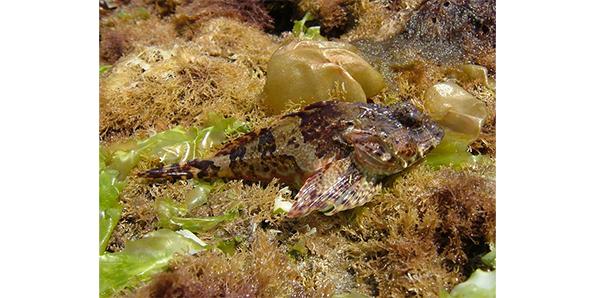
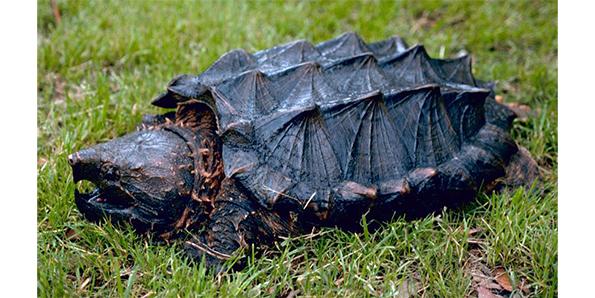
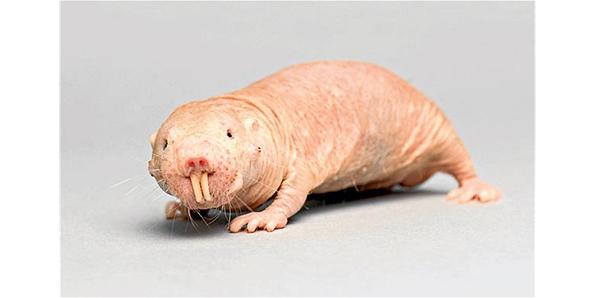


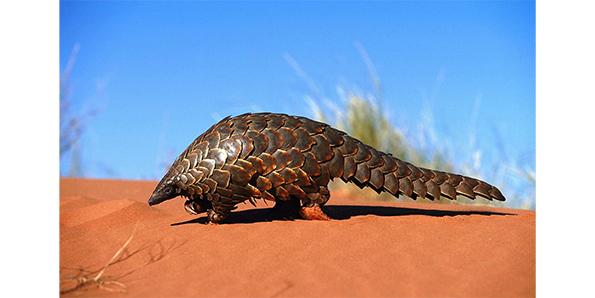
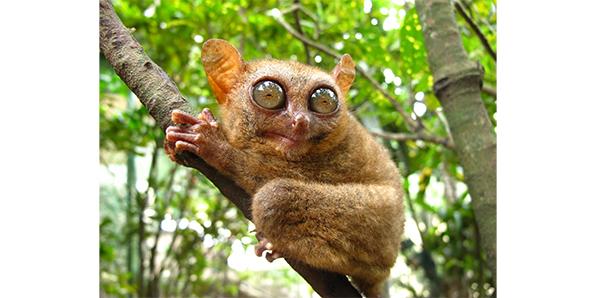
Leave a Reply